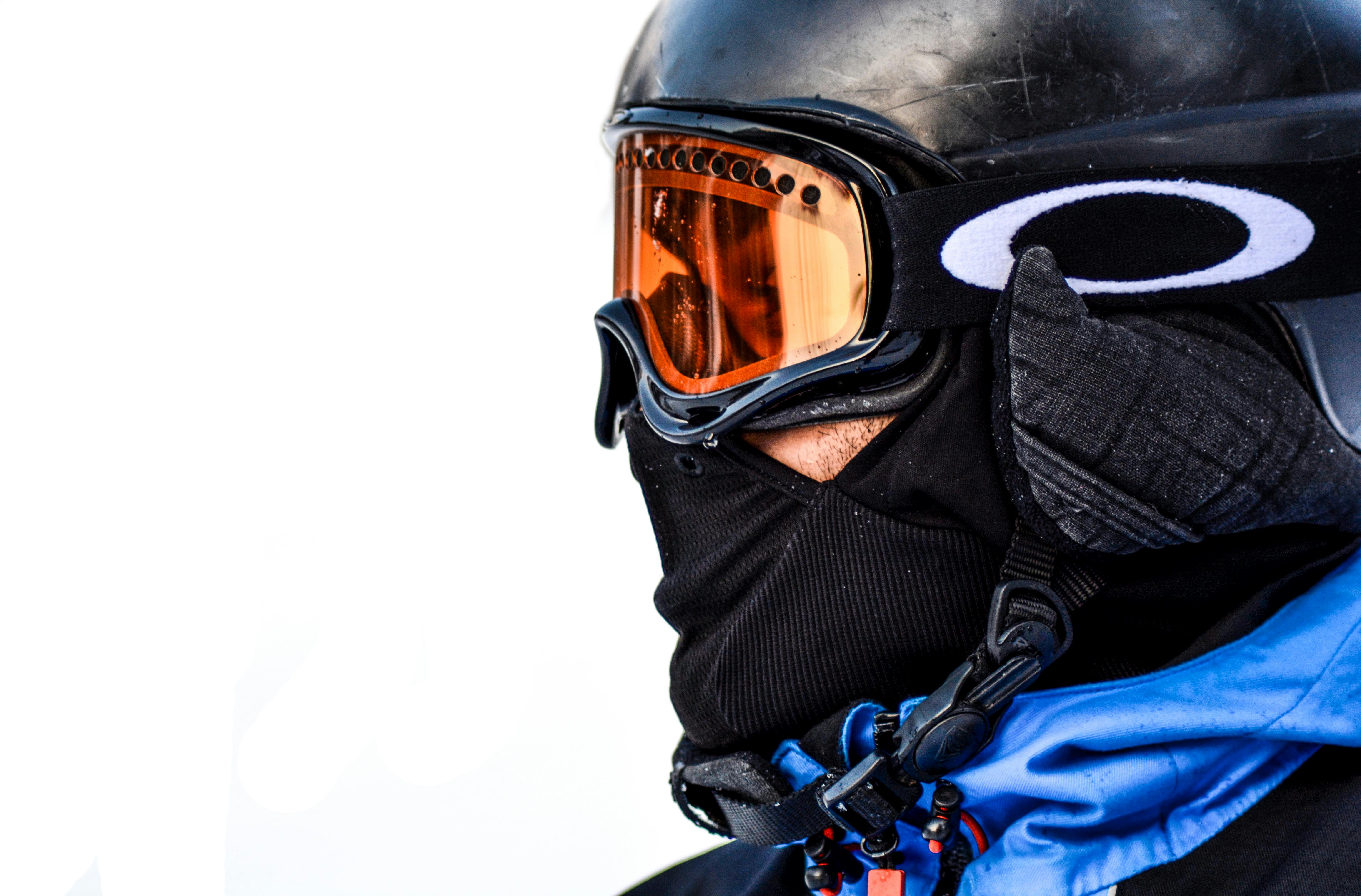Ski Clothing and Helmets: Essentials for Safety and Comfort
Choosing the right ski clothing and helmets makes a measurable difference in safety, warmth, and performance on the mountain. Proper outerwear protects from wind, snow, and moisture while breathable layers manage sweat during exertion. A helmet designed and fitted for winter sport reduces head-injury risk and improves comfort with features such as ventilation and audio compatibility. This article explains key features, layering, fit, and a concise product comparison to help you make informed choices.

What to look for in a ski jacket?
A good ski jacket balances waterproofing, breathability, insulation, and mobility. Look for waterproof ratings and membrane technologies (for example, membranes that block water but allow vapor to escape), taped seams, and durable water-repellent (DWR) finishes. Jackets vary from lightweight shells for aerobic skiing to insulated models for cold, low-activity days. Features to consider include helmet-compatible hoods, powder skirts, pit vents for airflow, ski-pass pockets, and articulated sleeves for freedom of movement. Fit should allow layering while remaining snug enough to avoid snagging on gear.
How does a skiing helmet protect you?
Skiing helmets protect primarily by absorbing and dispersing impact forces and by protecting against secondary impacts and cold exposure. Modern helmets use a hard outer shell with an energy-absorbing liner; some include rotational-impact mitigation systems such as MIPS or proprietary designs that aim to reduce rotational forces in certain impacts. Certification standards (for example EN 1077 or ASTM F2040 in some regions) indicate a helmet has met baseline safety tests. Proper sizing and a secure retention system are essential—gaps or loose fit reduce protective performance.
How to layer for winter ski conditions?
Layering helps manage temperature and moisture from base to shell. A moisture-wicking base layer (synthetic or merino wool) moves sweat away from skin. Mid layers provide insulation—fleece or lightweight down/synthetic pieces depending on activity level and conditions. The outer shell should offer wind and water protection; choose an insulated jacket when activity is low and temperatures are very cold. For high-output skiing, prioritize breathability and ventilation. Don’t forget accessories: gloves or mittens, neck gaiters, and socks designed for winter sport affect comfort and skin health.
How to pick jackets and helmets for sport performance?
Match gear to the discipline: resort carving, backcountry touring, park, and freestyle skiing have different demands. Performance-oriented jackets emphasize freedom of movement, low weight, and targeted ventilation. Backcountry jackets often include pockets for avalanche gear and are compatible with harnesses. Helmets for freeride or park may offer slightly different shell shapes and brim compatibility; touring helmets prioritize lightweight construction and often include removable ear pads for ventilation. Consider integration with goggles and audio systems, and prioritize durability if you frequently use lift-accessed terrain or travel with your kit.
Where to find fitting and local services in your area?
Proper fit is best achieved in person: local services such as specialty ski shops, rental centers, and certified fitters can measure helmet fit, check jacket mobility, and advise on sizing for layering. Rental shops can be useful for trying different helmet shapes and jacket styles before purchase. Many shops also provide repair services for zippers, seam-taping, and shell maintenance. When seeking a fitter, ask whether staff can assess helmet sit (level on the head, no excessive movement) and whether they can demo venting and hood compatibility with your goggles.
Before the comparison table, a brief note on pricing: helmet and jacket prices vary with materials, certifications, and brand positioning. Helmets commonly range from budget models under $100 to premium models above $300; jackets range from practical shells around $150–$300 to technical insulated and hardshell pieces that can exceed $500. These ranges reflect typical retail pricing as a general guide.
| Product/Service Name | Provider | Key Features | Cost Estimation |
|---|---|---|---|
| Range MIPS Helmet | Giro | MIPS rotational system, adjustable fit, ventilation | $150–$220 |
| Vantage MIPS Helmet | Smith | Hybrid shell, adjustable vents, integrated audio-ready | $200–$270 |
| Obex Spin Helmet | POC | Low-profile shell, SPIN rotational tech, lightweight | $140–$210 |
| Insulated Powder Bowl Jacket | Patagonia | Insulation for cold, helmet-compatible hood, durable finish | $350–$450 |
| ThermoBall Triclimate Jacket | The North Face | 3-in-1 system (insulated liner + shell), versatile warmth | $250–$350 |
| Alpha 3.0 Shell Jacket | Helly Hansen | Technical hardshell, waterproof membranes, pit zips | $400–$600 |
Prices, rates, or cost estimates mentioned in this article are based on the latest available information but may change over time. Independent research is advised before making financial decisions.
This article is for informational purposes only and should not be considered medical advice. Please consult a qualified healthcare professional for personalized guidance and treatment.
Choosing appropriate ski clothing and helmets means balancing protection, comfort, and intended use. Prioritize a helmet that fits securely and meets certification standards, and select jackets and layers that match your activity level and the local winter conditions. Proper fit, regular maintenance, and checking compatibility with other equipment like goggles and packs will extend the life and performance of your gear.






